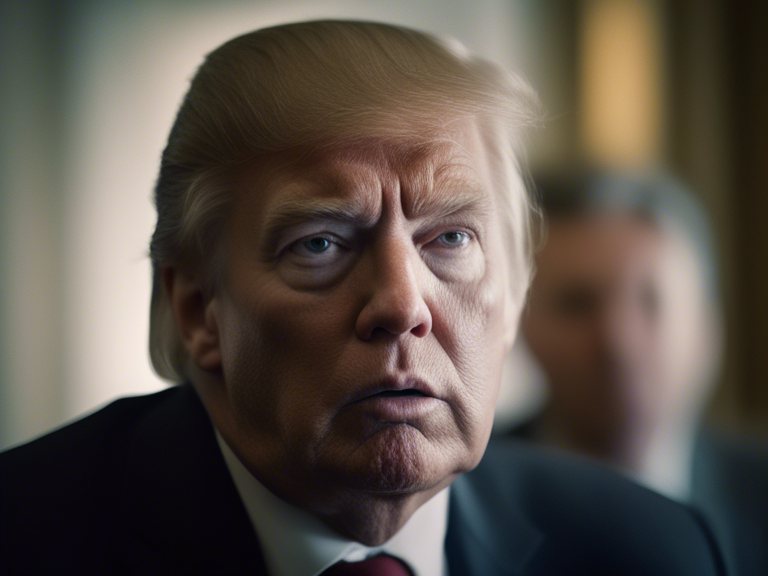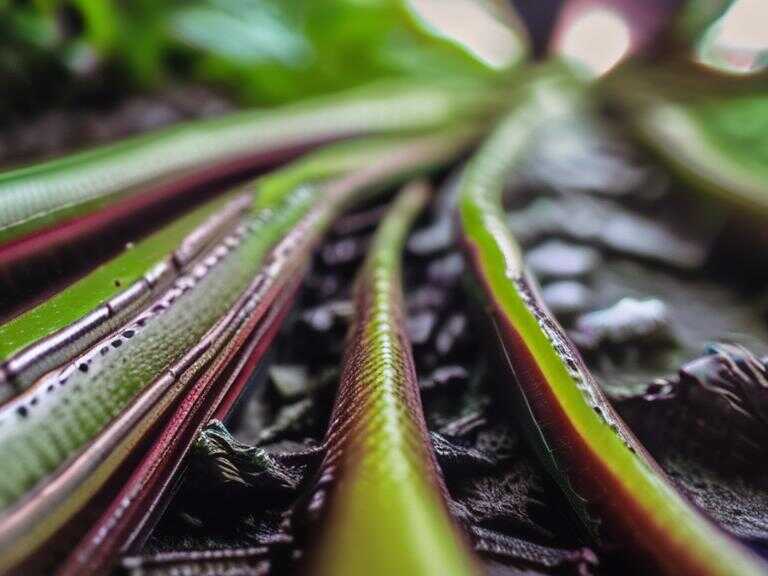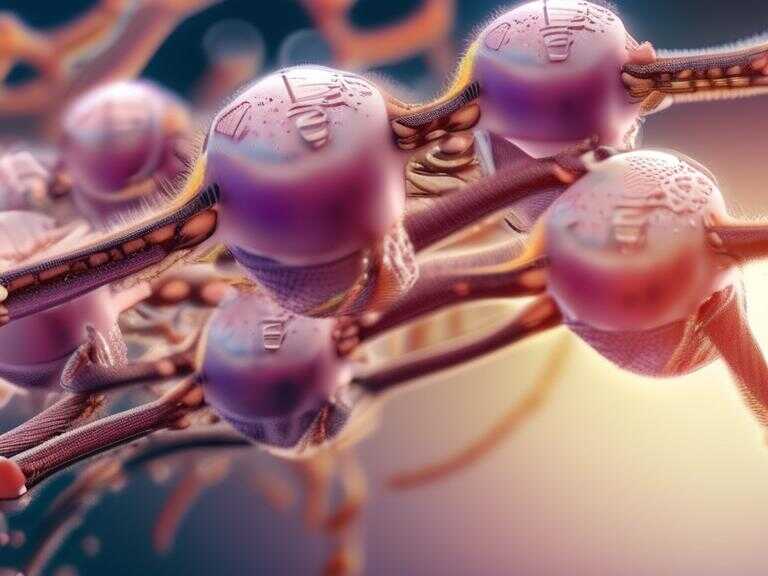
World's Largest Anaconda Found Dead in Amazon, Researchers Suspect Gunshot Wound
World's largest anaconda, Ana Julia, found dead in Amazon, raising awareness of nature's fragility and urgent need for conservation efforts.

After a shocking discovery, it has been confirmed that Ana Julia, believed to be the largest anaconda in the world, has been found dead in the Amazon. The details surrounding her demise are causing deep concern and sorrow among researchers and the public alike. The circumstances of her death are still under investigation, raising critical questions about the fragility of the Amazonian ecosystem.
Professor Freek Vonk, who had the unique opportunity to encounter Ana Julia, conveyed his heartbreaking news via Instagram, disclosing that the colossal anaconda was found lifeless in the river. Speculation has arisen that she may have succumbed to a gunshot wound, although official confirmation on the cause of death is pending. This development has left Professor Vonk and the scientific community both grieving and filled with indignation.
Discovery of a Marvel
An international team of scientists, led by professor Bryan Fry, made the astounding discovery of the nearly 10 million-year-old Ana Julia with the assistance of the Indigenous Huaorani people. This incredible find was part of the filming of "Pole to Pole with Will Smith," a National Geographic series. Ana Julia, the northern green anaconda, was unearthed in the depths of the Amazon in Ecuador, boasting a remarkable length of 26 feet and a weight of approximately 440 pounds.
Contradictory reports have emerged regarding the cause of Ana Julia's demise. Although initial information pointed to a fatal shooting, an update on Tuesday revealed that authorities have not yet found evidence to support this claim. The investigation into her death is ongoing, considering all possibilities, including the unfortunate prospect of a natural demise. Despite the distressing turn of events, the global attention drawn to Ana Julia's fate has heightened awareness of the delicate balance of nature.
Preserving the Ecosystem
Professor Fry and his team remain committed to their work in the Amazon, aiming to address the environmental threats that imperil the region. Hazardous pollutants, such as cadmium and lead, have infiltrated the Amazon due to frequent oil spills, posing a significant risk to its biodiversity. The team's focus on monitoring the reproduction of the northern green anaconda serves as a crucial indicator of the ecosystem's well-being.
A Fond Farewell
Despite the tragic loss, both Professor Vonk and Professor Fry emphasize the exceptional nature of the species and the urgency of safeguarding it. They express a deep appreciation for the time they spent studying and admiring Ana Julia, underscoring the profound impact she has left on their research and their hearts.
As the investigation into Ana Julia's untimely death continues, it serves as a poignant reminder of the vulnerability of the world's largest snake species and the vital importance of preserving their natural habitats.
Share news















